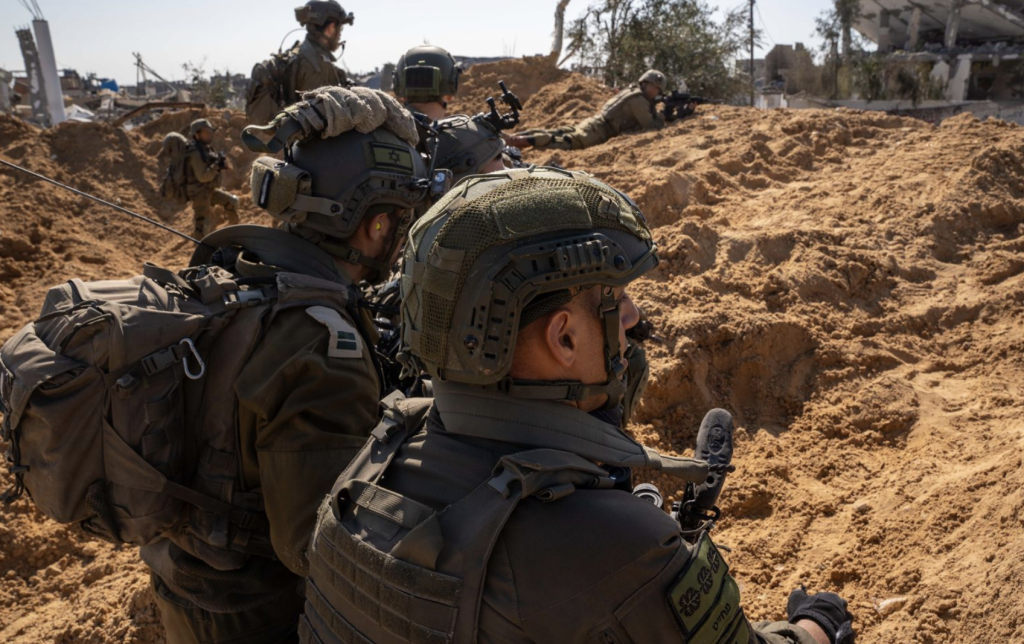
Israel faced increased rocket fire and an anti-tank missile attack on March 4, illustrating that both Hamas and Hezbollah are seeking to escalate tensions. The attacks came as hostage and prisoner exchange talks between Israel and Hamas are ongoing. Iran, which backs both Hamas and Hezbollah, has sought to unite various fronts against Israel since the Hamas attack in Israel on October 7.
During the afternoon of March 4, sirens sounded in Sderot near Gaza as well as in six communities in northern Israel. While there is no evidence to confirm the coordination of rocket fire, simultaneous attacks show how terrorists operating from Lebanon and Gaza continue to threaten Israeli border communities on multiple fronts. Sderot, a city on the Gaza border with 35,000 residents, was evacuated after the Hamas attack on October 7. Around 50% of residents have returned, and schools reopened on March 3. This rocket fire appears to seek a disruption to civilian life again.
Israeli forces in Gaza have become more proficient at quickly eliminating terrorists involved in launching rockets. However, these operations to “close the circle” on the rocket threat are still largely reactive, happening after the rockets have been fired. Over the last month rocket fire from Gaza has been reduced, but there was an uptick in the last week, including sirens in the southern Israeli city of Ashkelon. The IDF said on March 4 that it had tracked down the terrorists who fired rockets at two border communities. “On Saturday, Islamic Jihad terrorists fired rockets toward Kibbutz Be’eri and Kibbutz Hatzerim. In under 30 minutes since the launch, IDF troops identified the terrorist cell and directed an aircraft that struck and eliminated the terrorists,” the IDF said.
In northern Israel, Hezbollah threats also continue to claim lives. On March 4, Hezbollah targeted the community of Moshav Margaliot in northern Israel, killing one person and wounding nine. Several of the wounded were seriously injured. The attack targeted foreign agricultural workers. In many small Israeli communities along the border with Gaza and also with Lebanon foreign workers make up some or many of the field hands. The March 4 killing of the foreign worker illustrates the danger the workers continue to be in. For many agricultural communities near the border, the choice is between employing workers and sending some residents to return, or abandoning crops and animals, such as chickens and cows.
The IDF said there were sirens in northern Israel during the evening of March 4 due to a drone infiltration. It was the second round of sirens warning of a drone threat that day, with the earlier sirens turning out to have been a false alarm. The second alarm, however, indicated a real threat, and the IDF Aerial Defense Array “successfully intercepted a suspicious aerial target that crossed from Lebanon into Israeli territory,” the IDF said.
In addition, the IDF said that rockets were launched toward Mount Dov, near the Lebanon and Syrian border. “The IDF struck the sources of the launches. Additionally, IDF fighter jets struck a number of Hezbollah military compounds in southern Lebanon,” the IDF said.







